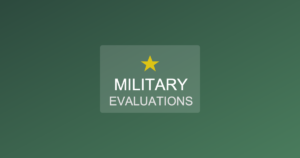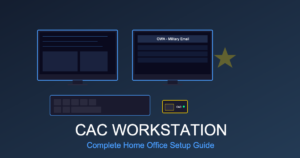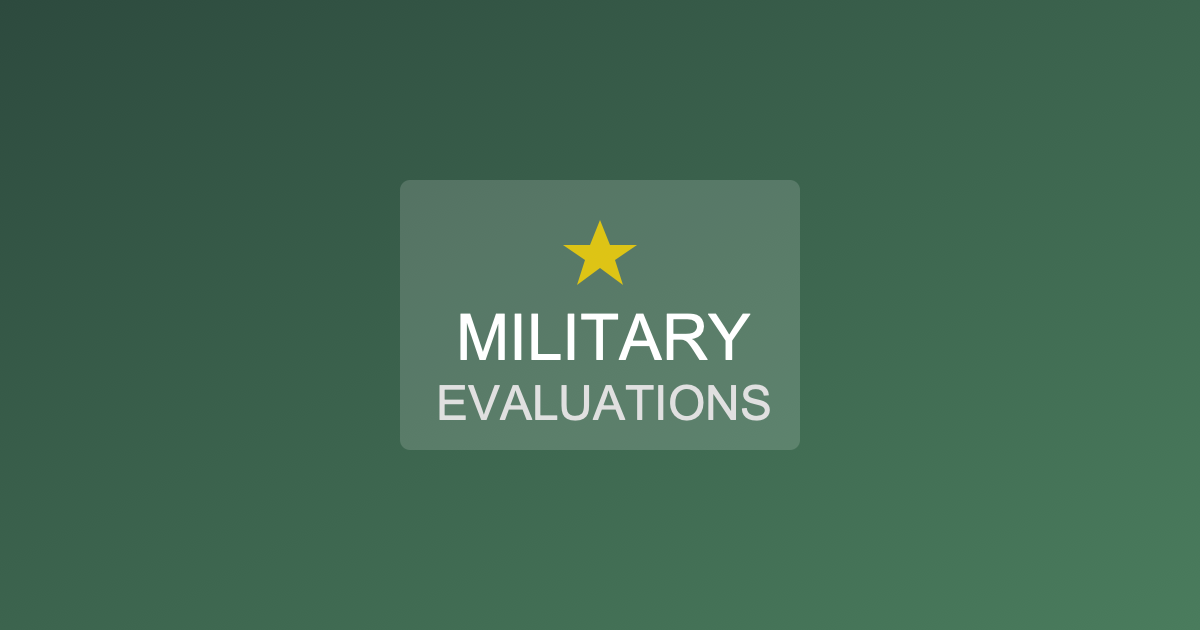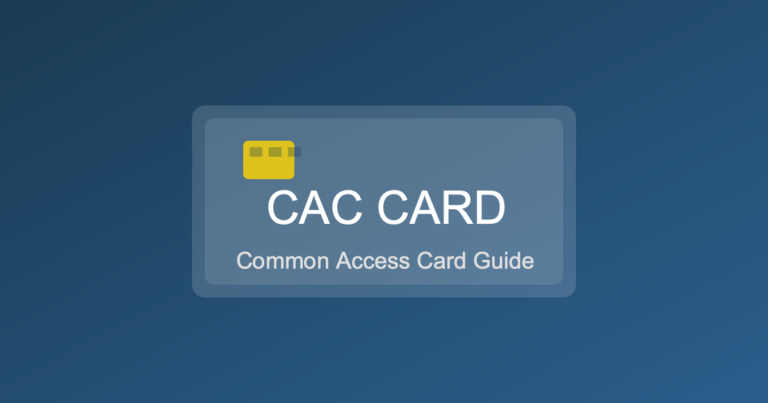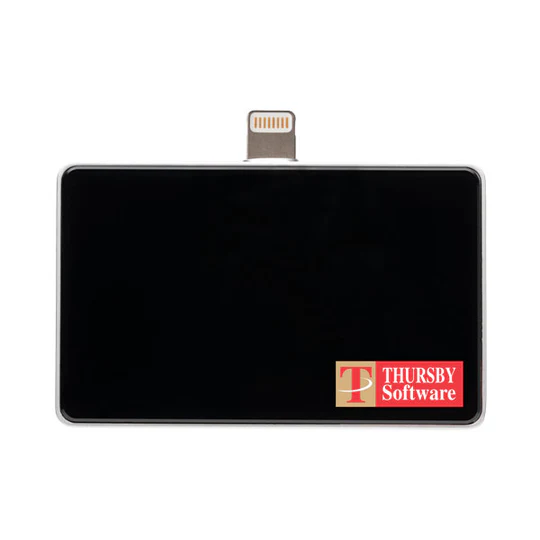Common Uses of the DoD CAC Card
The Department of Defense Common Access Card (CAC) is an essential tool for military personnel, contractors, and civilian employees. It serves as a standardized identification card used across various branches of the military and other DoD organizations. The CAC card has multiple uses, ensuring streamlined processes and enhanced security. Here are some of the common uses of the DoD CAC card:
Authentication
The CAC card is primarily used for authentication purposes. It enables secure access to computer systems, networks, and email accounts. When inserted into a card reader, it verifies the user’s identity through two-factor authentication, requiring both the physical card and a personal identification number (PIN) code. This ensures that only authorized personnel can access sensitive information.
Building Access
The CAC card functions as a key card for gaining entry to military bases and government buildings. It is embedded with a chip that contains electronic data, allowing automated access control systems to identify and grant entry to authorized individuals. This promotes security by preventing unauthorized access to restricted areas.
Digital Signature
The CAC card contains certificates that can be used for producing digital signatures. These signatures are vital for approving official documents electronically. They provide a secure method for signing contracts, official communications, and other key documents, ensuring the authenticity and integrity of digital transactions.
Encryption
The certificates on the CAC card also allow for email encryption. By using these digital certificates, users can encrypt emails, protecting the content from being read by individuals who do not possess the correct decryption key. This feature is significant for maintaining confidentiality in military communications.
Medical Records
Military personnel can use their CAC card to access their medical records. The integration with medical databases allows individuals to retrieve their medical history quickly and securely. This streamlines the process of managing healthcare information and ensures that medical staff can access up-to-date medical data when necessary.
Benefits and Services Access
The CAC card is used to access a range of military benefits and services. This includes housing allowances, educational benefits, and retirement plans. Providing a standardized way to access these services helps in managing and distributing benefits effectively to eligible personnel.
Travel and Transportation
The CAC card simplifies travel for military members. It can be used to access ticketing systems for official travel, reducing the need for additional documentation. Furthermore, it eases the process of moving through security checkpoints at transportation hubs.
Dependent Identification
Military dependents can also be issued a version of the CAC card, known as the Uniformed Services ID Card (USID). This card allows dependents to access services on military installations, such as medical facilities, commissaries, and recreational services. It provides a means for dependents to prove their eligibility for various benefits.
Veteran Integration
Veterans may continue to use a form of the CAC card to access certain benefits and services even after their active duty service ends. This includes accessing healthcare facilities, participating in veteran programs, and utilizing educational benefits. The card thus plays an essential role in the transition from active military service to civilian life.
Contractor Operations
Contractors working with the DoD are often issued CAC cards to access necessary systems and facilities. This helps streamline their integration with the military environment, ensuring they can efficiently complete their tasks while maintaining high security standards.
Unified Identification
The CAC card acts as a unified identification tool across various departments and branches of the military. It simplifies the verification process during joint operations or when personnel need to interact with different military branches. This standardization enhances cooperation and efficiency.
International Use
For military personnel stationed abroad, the CAC card remains a crucial identification tool. It helps in securing access to international military bases and facilities. Additionally, it aids in proving identity when dealing with foreign governments or international organizations.
Training and Education
The CAC card is used to access training programs and educational resources offered by the Department of Defense. Personnel can log into learning management systems, complete courses, and track their educational progress. This encourages continuous professional development and skill enhancement.
Mobile Communication
With advancements in mobile technology, the CAC card’s functionality is extending to mobile devices. Secure applications allow users to authenticate their identity and access services from their smartphones, improving flexibility and convenience.
PKI Infrastructure
The CAC card is a critical component of the DoD’s Public Key Infrastructure (PKI). This infrastructure enables secure communication, digital signatures, and encryption across the department. The PKI ensures that the information exchanged within the military remains confidential and tamper-proof.
Access to Online Portals
Military personnel use the CAC card to log into various online portals, such as the Defense Travel System (DTS) and the MyPay system. These portals provide essential services like travel arrangements and pay management, making it easier for personnel to handle administrative tasks.
Inventory Management
The CAC card aids in managing inventories and supplies. It authenticates personnel who are authorized to access and manage supplies, ensuring accountability and reducing the risk of unauthorized use or misplacement of resources.
Compliance with Regulations
Using the CAC card helps the DoD comply with federal regulations regarding identification and access control. It aligns with standards set by the Federal Identity, Credential, and Access Management (FICAM) framework, ensuring that the DoD maintains robust security practices.
“`
